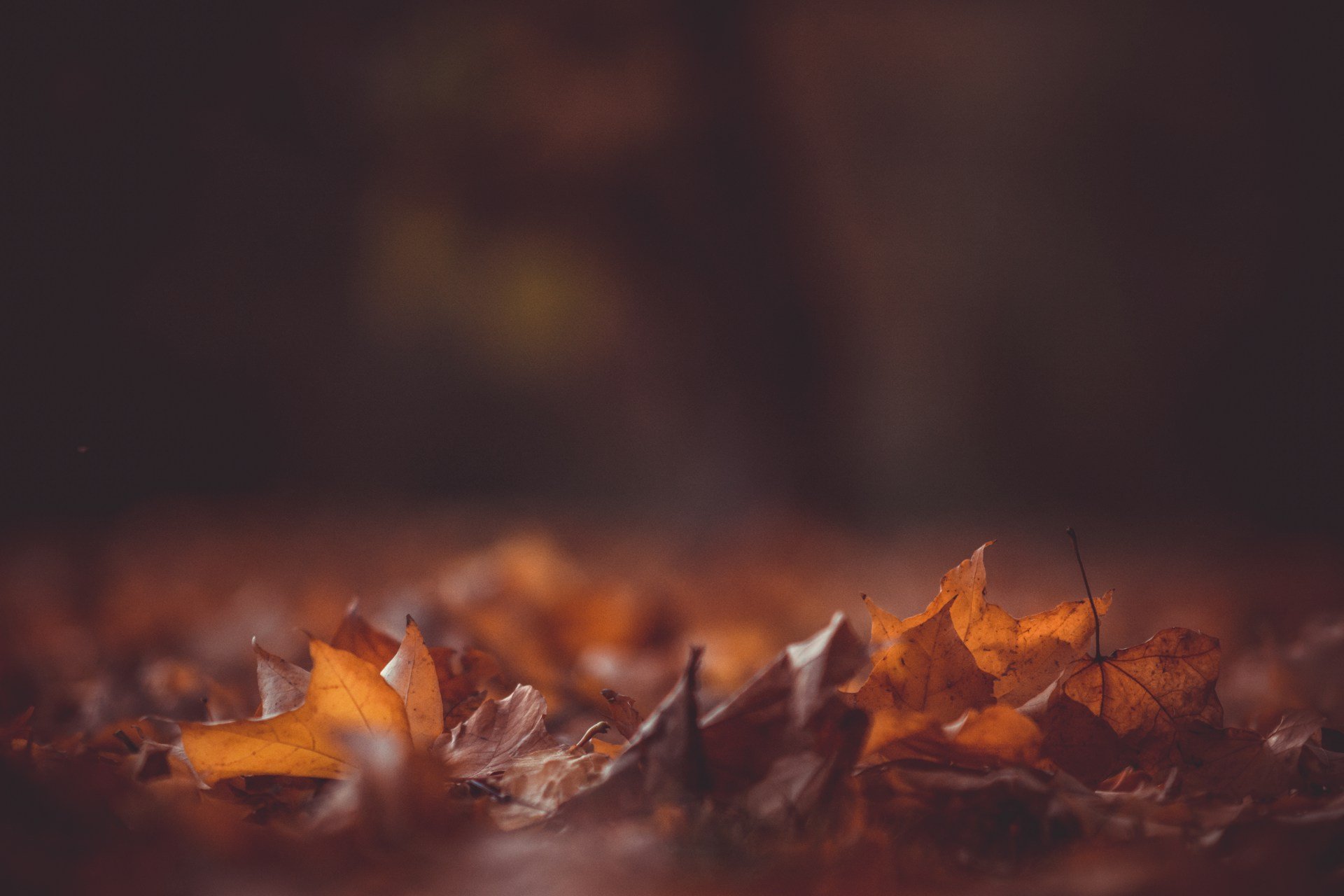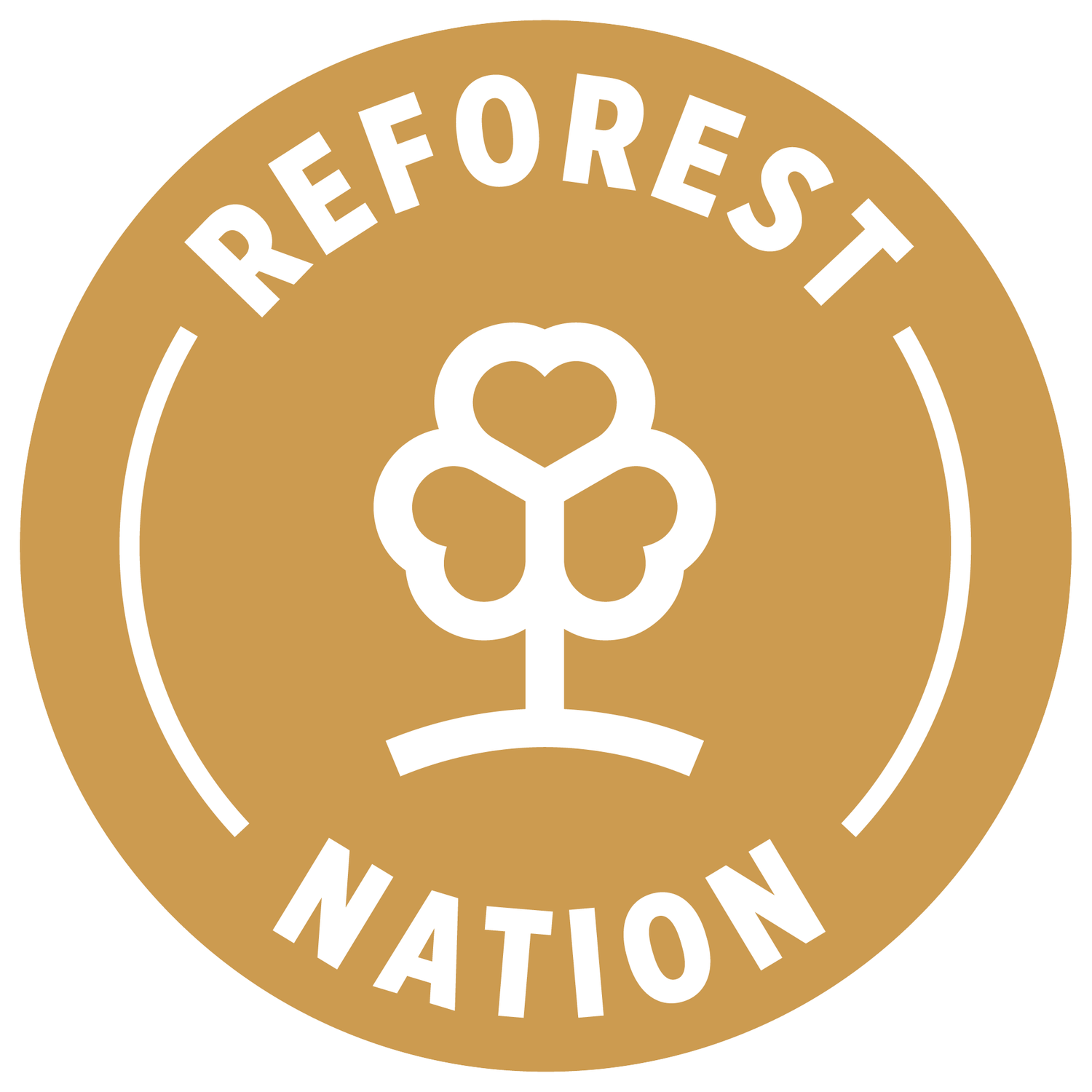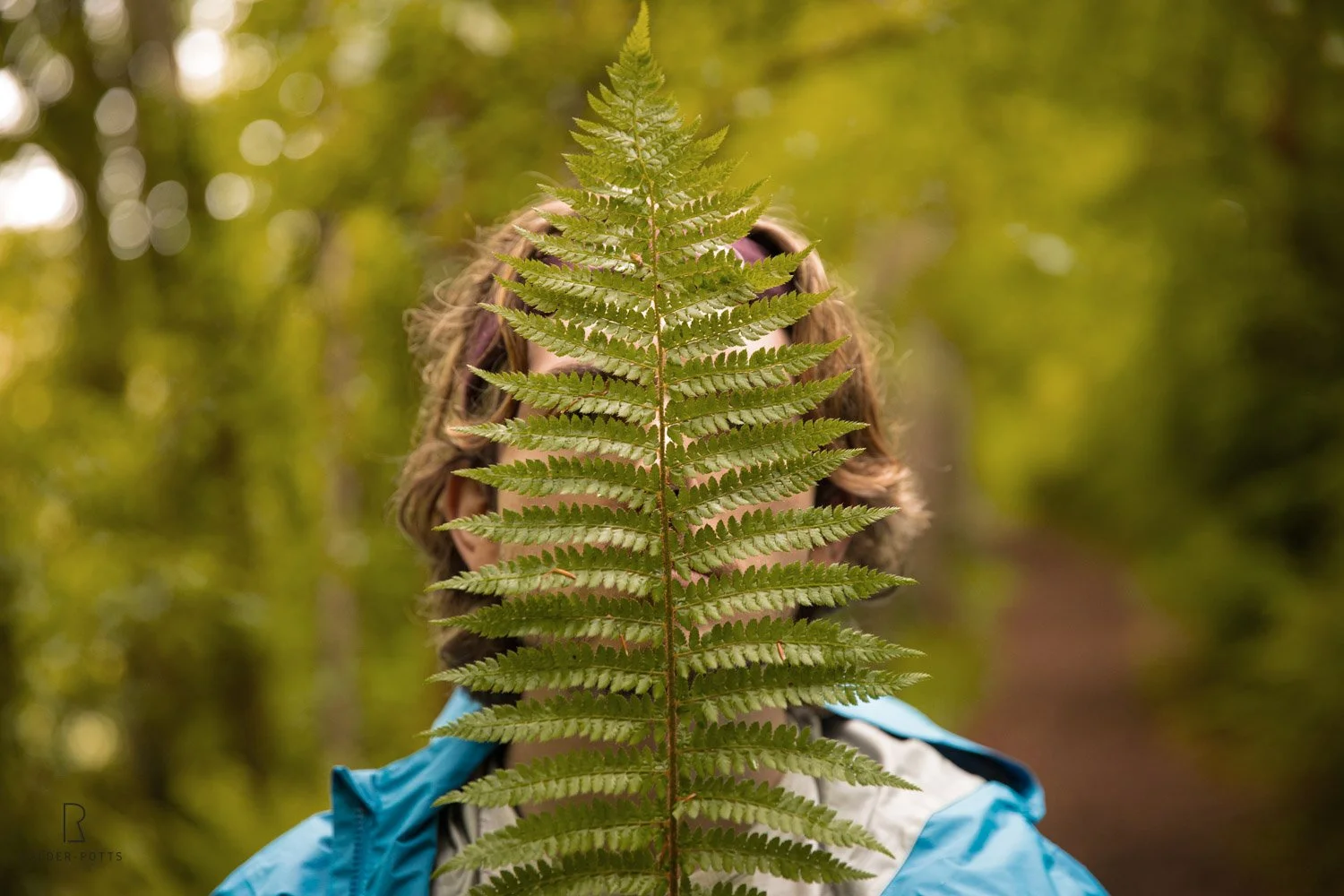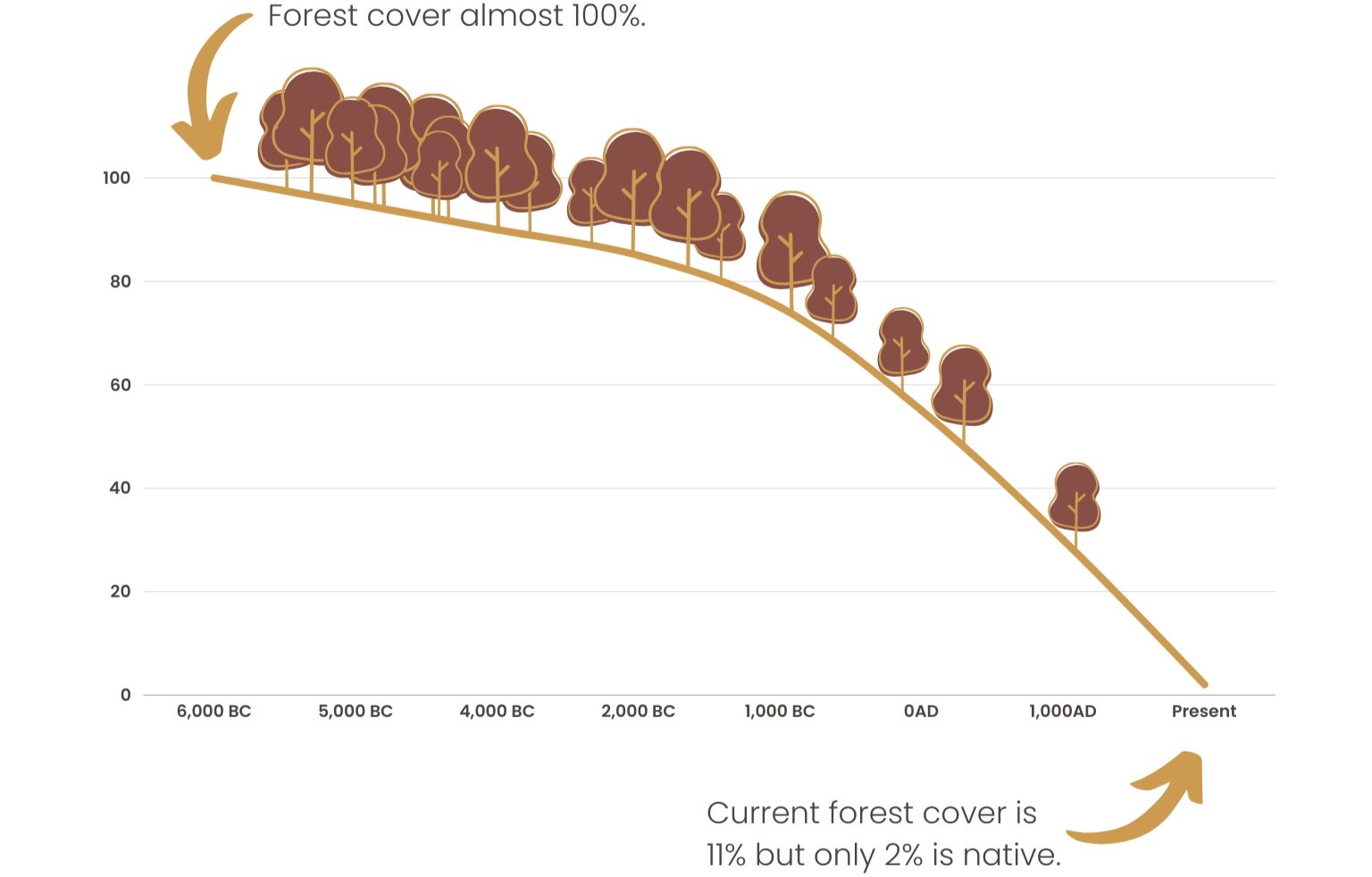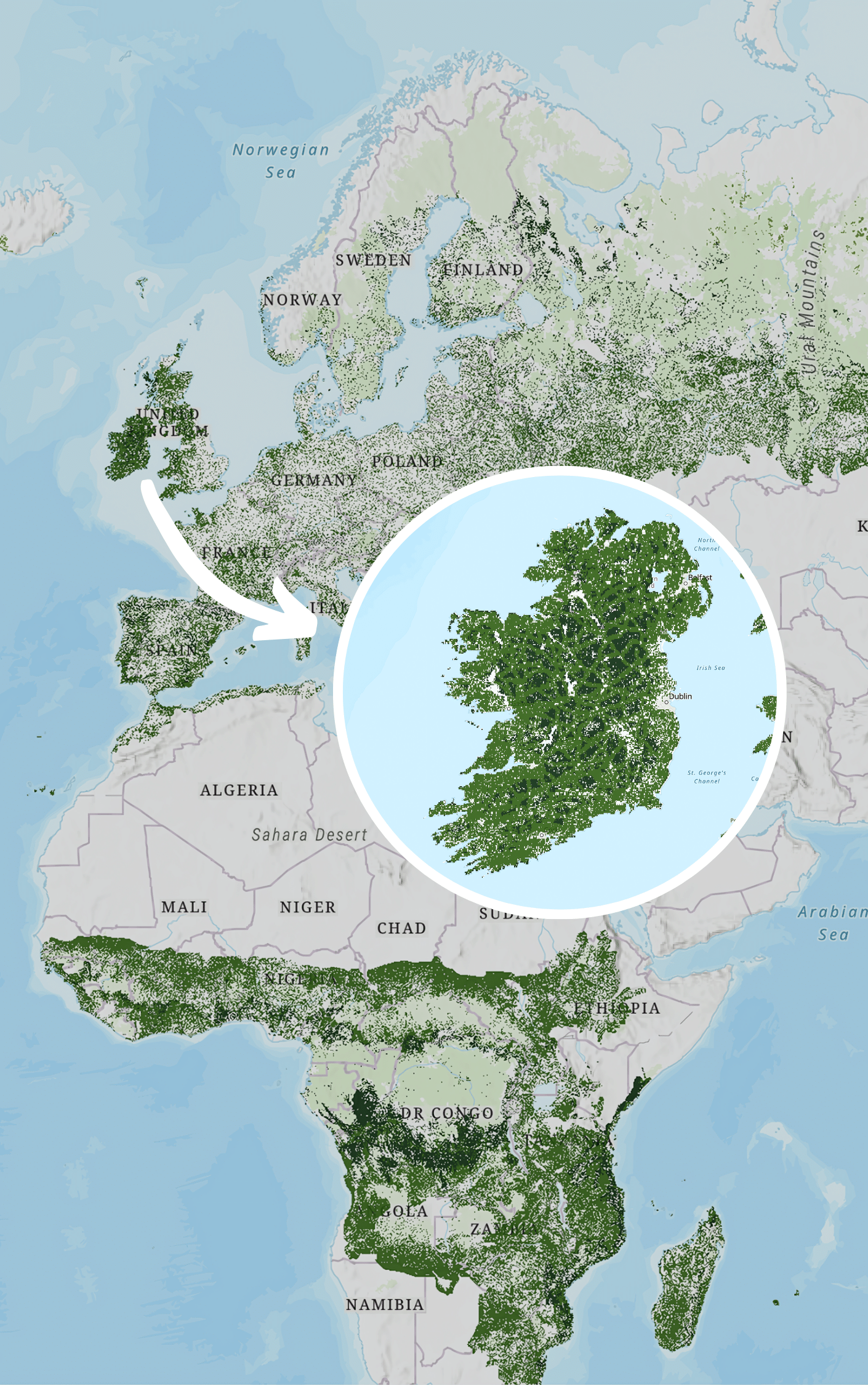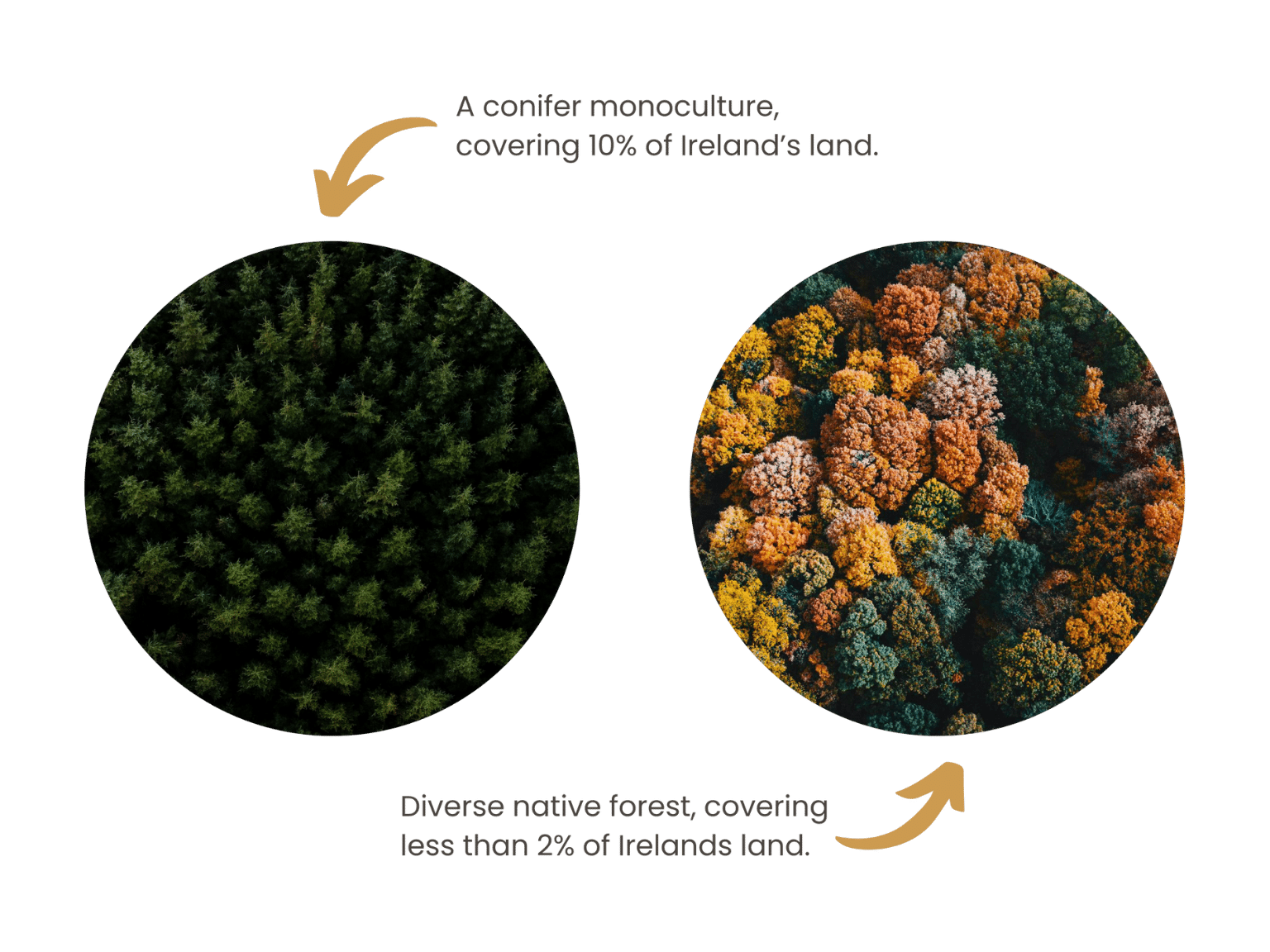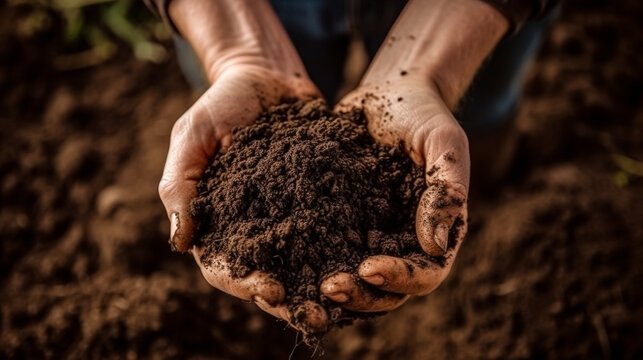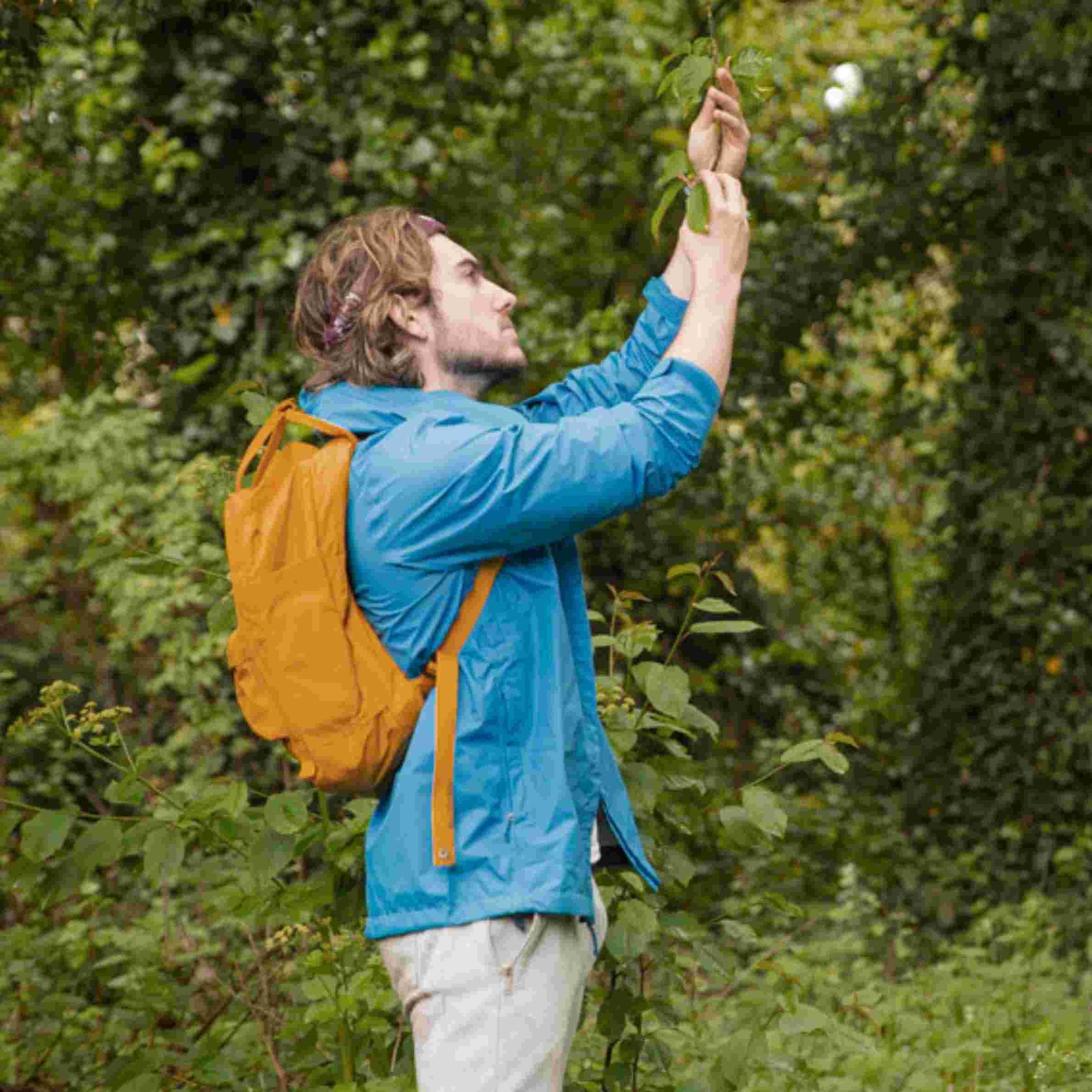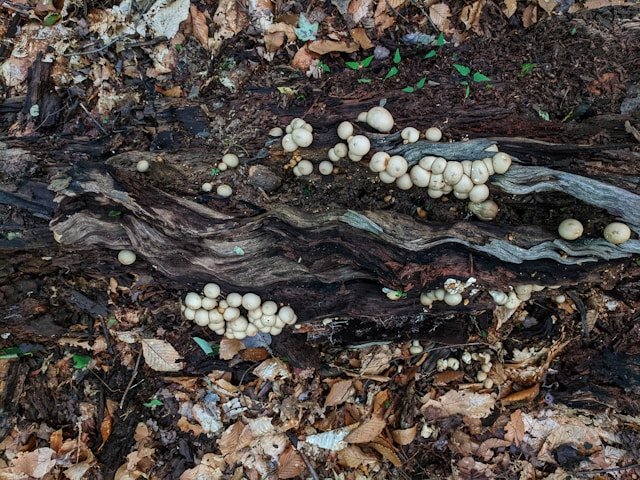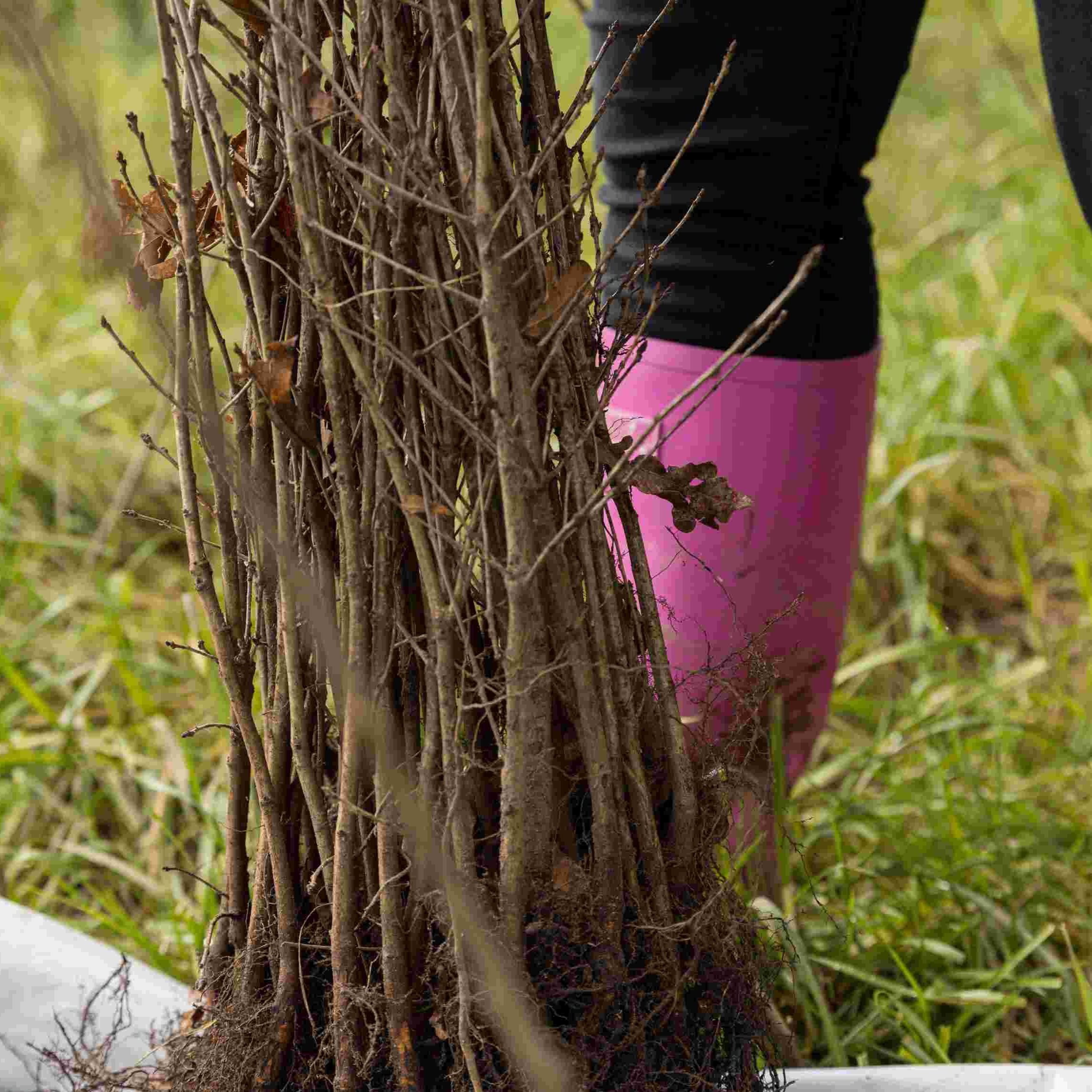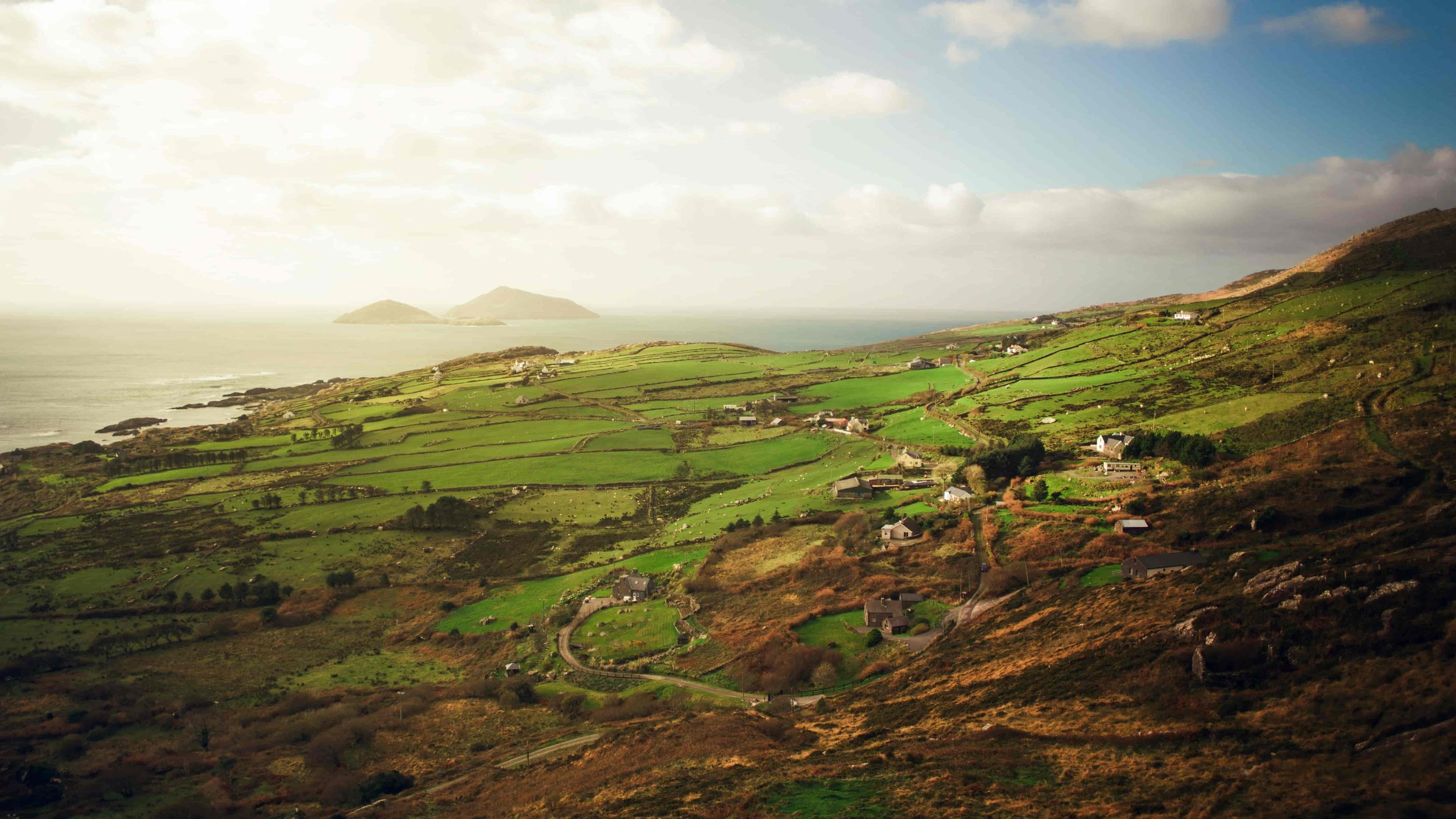
Reforesting Ireland
Restoring Our Natural Heritage.
Why Should We?
It's more than just planting trees; it's about reclaiming Ireland's natural heritage. Millennia of deforestation have eroded its ecological vitality. Through naturalistic reforestation, we can revive its beauty, combat climate change, and renew the bond between the land and its people.
Our Lost Ecosystem
Historically, close to 100% of Ireland was covered by forest, integral to our ecological and cultural heritage. Yet, over the centuries, agricultural expansion, industrialisation, and population growth led to a dramatic removal of almost al our native forests. Today, only about 2% of Ireland’s native woodlands remain, impacting not just our landscape but also our biodiversity, water resources, and ties to the land.
A People Without it’s Forest
We (The Irish) Are The Gaol’s (The Forest People).
Long ago, amidst the whispering leaves and dappled sunlight of the Emerald Isles forest, the Gaelic tribes thrived in harmony with the land. Their name, “Gael,” derived from the Old Irish word “Goidel,” meaning “wood” or “forest,” spoke volumes about their roots in the natural world. For the Gaels, the forest was not merely a backdrop to their lives but a sacred sanctuary, a source of sustenance, shelter, and spiritual nourishment.
As the Gaels roamed the wilds of ancient Ireland, their lives intertwined with the rhythms of the forest, shaping their culture, customs, and language. It was amidst the rustling leaves and towering trees that the Gaelic alphabet, Ogham, took root, its characters inscribed upon wooden staves, echoing the whispers of the woodland spirits.
But the bond between the Gaels and the forest ran deeper still. In the heart of the woodlands, they found solace and strength. Legends tell of druids communing with the spirits of the trees, warriors seeking counsel from the ancient elders, and poets finding muse amidst the rustling leaves.
We find ourselves in a world vastly different from that of our ancestors. Through Reforest Nation, we aim to rekindle the bond between people and the land by restoring the native woodlands that have shaped our heritage.
Wildlife of the Irish Forest
Past and Present
Ireland’s Forest Decline
The Good News, Irelands Reforestation Potential
This map from the World Wildlife Fund highlights Ireland as the global leader in reforestation potential.
Ireland holds the highest reforestation potential of any country in the world for its size, a status supported by its excellent climate and changes in land use. With a rich history of lush forests and an ideal temperate maritime climate, Ireland is uniquely positioned to reclaim its forested landscapes. The shift away from traditional farming, driven by an aging farmer population and decreasing farm profitability, means more land is becoming available. These lands present a prime opportunity to increase forest coverage, enhancing Ireland’s natural beauty and ecological health right in our own backyard.
Where Are We Planting?
Reforest Nation is expanding its tree planting projects throughout Ireland, reaching new areas every year.

Our Impact In Ireland
103,775
Total trees planted between 2020-2024.
518,875kg
Estimate of co2 absorbed in Ireland to date.
14
Irish counties planted in.
Forests, Not Monocultures
Planting conifer monocultures has degraded Irish ecosystems, harming soil, water, and biodiversity. These trees alter soil and block sunlight, hindering diverse plant growth. Many global efforts favour single-species plantations, which do not support biodiversity or ecological functions.
Our Method
Reforest Nation has introduced the revolutionary Miyawaki method to Ireland. This technique densely plants up to 27 native species, accelerating growth and surpassing traditional forest survival rates.
The closely packed saplings replicate natural forest regeneration, fostering robust ecosystems with symbiotic soil fungi and intense competition for light. This approach significantly enhances carbon sequestration and biodiversity, creating mature, biodiverse forests in just a decade.
“The Difference Is Staggering”
George Lee -RTE News
The standard Irish planting regime vs our naturalistic method. Our approach eliminates the need for plastic posts, which can cost three times more than the trees themselves and are often used merely for photographic visibility. In deer areas we install efficient fencing instead.
Steps to Success
Soil Survey
Soil Survey: First, we check out the soil to understand what it’s made of and what it needs. This helps us figure out if the area is ready for new trees or if we need to help it along.
Species Survey
Next, we take a look at what’s already growing nearby. By knowing which trees and plants are thriving, we can choose the best ones to add, making sure our forest fits right in with the local ecosystem.
Soil Engineering
At some sites, the soil might need a bit of help. Here, we mix in organic matter to give it a nutrient boost and loosen it up so new roots can spread easily. We also lay down mulch to keep grass and weeds at bay.
Planting
With our fantastic volunteers, we plant a variety of native trees close together. This step is all about precision—making sure each tree starts life in the best possible spot.
Letting Nature Takeover
After planting, it’s over to nature. We step back and let the trees do their thing, growing into a wild and wonderful forest.
The Results
Injust 18 months since planting, our forest trees have grown to impressive heights of 4 meters. Birds sing, bees buzz, and biodiversity is returning to the landscape.
Virtual Tour
Take a tour through one of our forests, this particular one is in Limerick and open to the public. Witness the staggering growth achieved in just 18 months.
All Thanks To You
None of this would be possible with our members, tree gifters and partnering businesses, each year we invite them to join us planting in their thousands!
